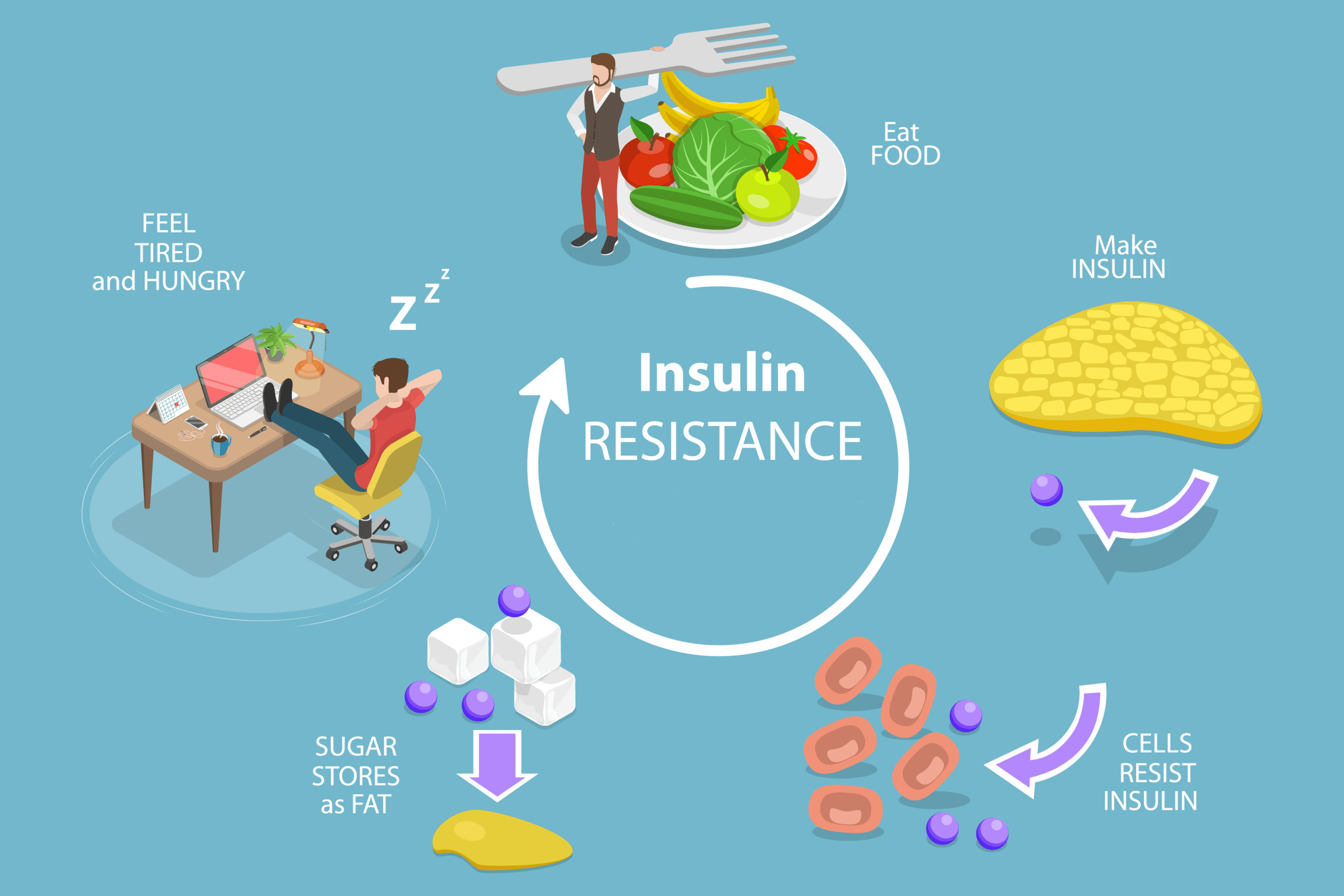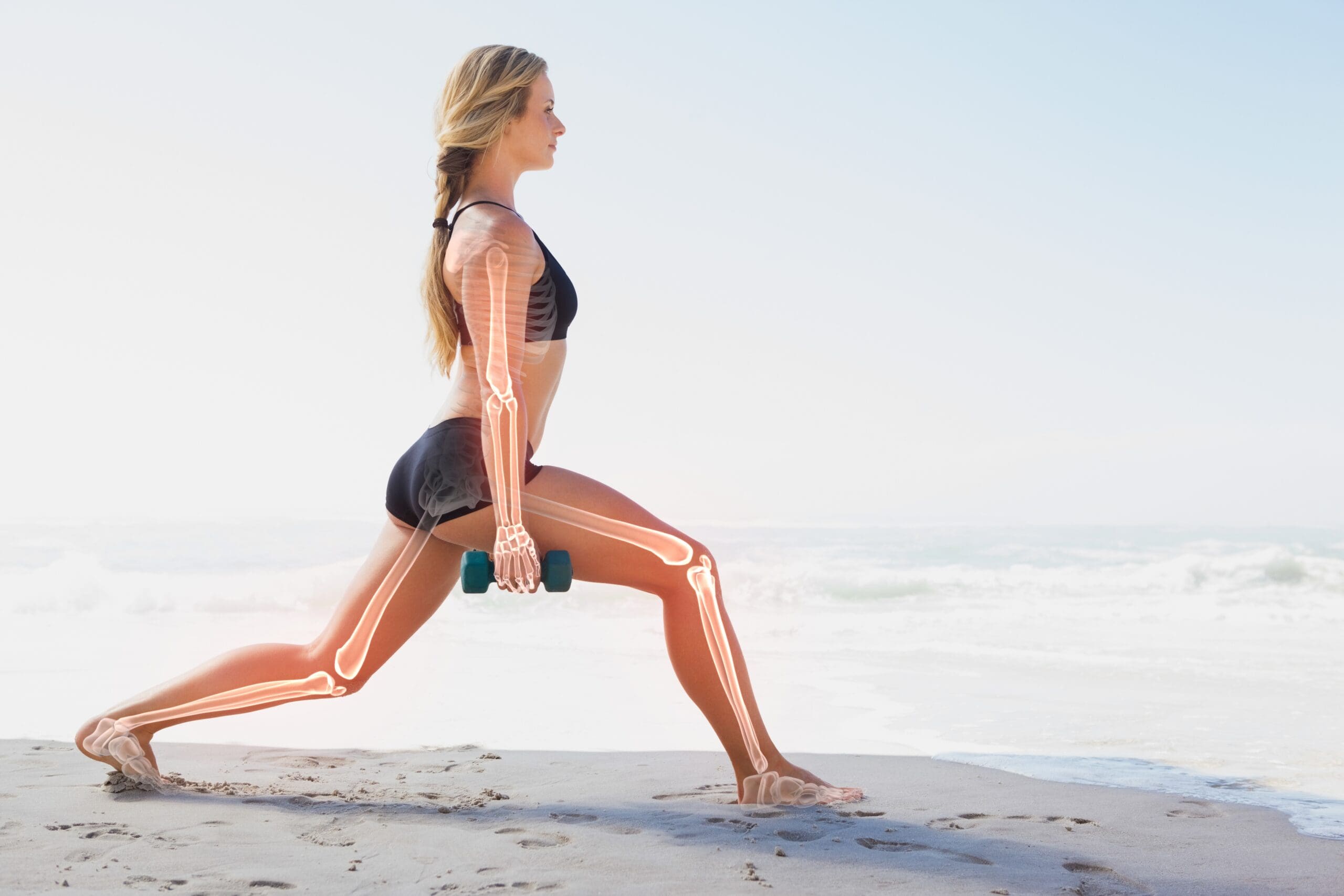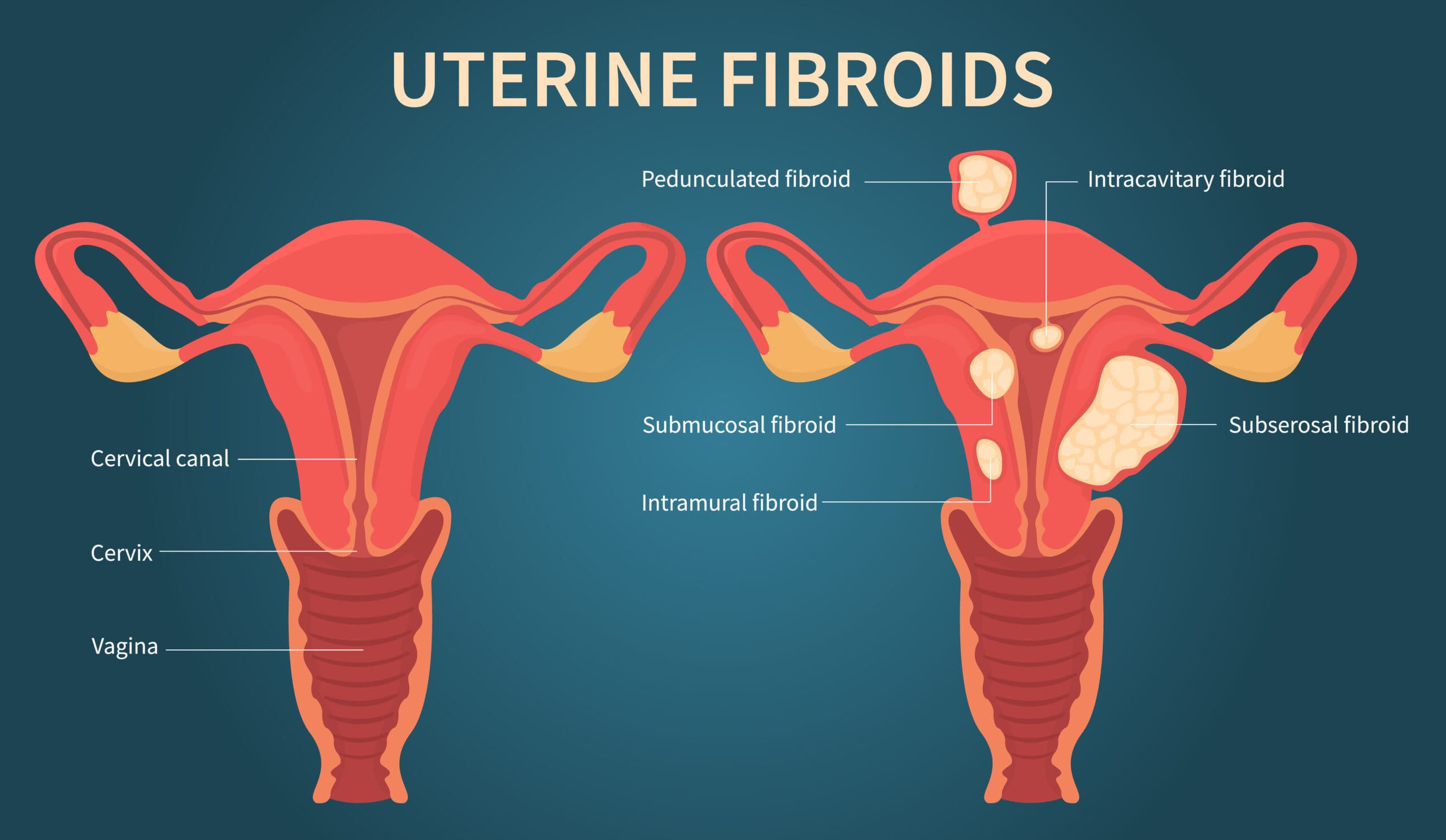Powerful ways to reduce your risk of breast cancer
By naturopath Margaret Jasinska
Breast cancer is an illness feared by the majority of women. We regularly hear statistics about how common it is and nearly everyone knows a woman who has been affected.
Many women feel that genetics are the sole explanation for who gets breast cancer and who doesn’t. Interestingly, research has shown that only five to ten percent of breast cancer cases can be explained by genes and just having a bad gene does not guarantee that you will develop the disease. Even women with the BRCA1 and BRCA2 breast cancer genes only have a 40 to 80 percent chance of developing breast cancer.
What most women don’t realise is that both smoking and being overweight independently double the risk of breast cancer in women with these genes. Very few women are aware that being overweight or being a diabetic increases the risk of breast cancer; or that consuming more than two alcoholic drinks per day increases the risk by 40 percent.
Here are some lifestyle factors that affect breast cancer risk:
Avoid Being Overweight
Overweight and obese women are more likely to be diagnosed with breast cancer, are more susceptible to the cancer recurring and are more likely to die from breast cancer than women of a healthy weight. Gaining weight after menopause particularly increases the risk of breast cancer. A trial involving more than 60,000 women found that women who are overweight, insulin resistant (have Syndrome X), or have high blood sugar are 50 percent more likely to be diagnosed with advanced breast cancer. Women who carry excess weight on their abdominal area have higher blood levels of the hormone insulin, which acts like a fertiliser for any cancerous cells present in the body.
Obese women also make more oestrogen in their bodies than slim women do, and oestrogen is known to fuel the growth and development of most types of breast cancer. A study published in the Journal of the National Cancer Institute showed that in obese women with a Body Mass Index (BMI) of 30 or more, oestrogen concentrations are between 60 and 219 percent higher than in thin women.
The majority of overweight women have high blood levels of the hormone insulin. Insulin reduces the liver’s production of sex hormone binding globulin (SHBG), a carrier molecule that binds with oestrogen in the bloodstream. Therefore overweight women have higher levels of free, unbound oestrogen in their bloodstream. High oestrogen levels are a strong breast cancer risk factor.
Overweight women make more oestrogen in their fat cells. The enzyme called aromatase is manufactured in fat cells, where it converts androgens (male hormones) into oestrogen. The more fat stores there are in the body, the greater the production oestrogen. Aromatase inhibitors are a commonly used class of drugs for post menopausal women with breast cancer. Fat cells also release a lot of inflammatory chemicals into the bloodstream, called inflammatory cytokines. Excess inflammation is a risk factor for breast cancer as it promotes free radical damage in the body. Breast tumours are sometimes harder to find in overweight women, and some researchers believe that obese women are less inclined to visit their doctor regularly for a check up, including a clinical breast exam.
Exercise
Regular exercise can help to protect you against breast cancer. Numerous studies have shown that women who perform cardiovascular, or aerobic exercise (that which makes you huff and puff), have lower rates of breast cancer. This is probably explained by the fact that regular exercisers are much less likely to be overweight, and therefore have lower oestrogen levels. Exercise helps to prevent constipation, therefore helps you to excrete oestrogen metabolites, rather than reabsorbing them.
Performing six or more hours of strenuous exercise per week reduces the risk of invasive breast cancer by 23 percent. These figures are based on a study of more than 15,000 women published in the journal Cancer Epidemiology Biomarkers & Prevention. Women who have exercised throughout their lives usually have a later menarche (first menstrual period) and have lower blood levels of insulin. Both of these factors are protective against breast cancer. Strenuous exercise may also help because it is a fantastic stress buster and greatly reduces the risk of depression and anxiety. It is a preferable stress coping tool to smoking cigarettes, drinking alcohol or resorting to sugar filled comfort food. Strenuous exercise means fast walking, jogging, dancing, tennis, or any activity that gets your heart racing for at least half an hour at a time.
Alcohol
Alcohol is a well established factor that raises the risk of breast cancer. The more you drink, the higher your risk. Alcohol consumption is known to increase the risk of several types of cancer, including that of the mouth, throat, oesophagus, stomach, pancreas, colon, liver and breast. Alcohol increases the level of free oestrogen in the bloodstream and it stimulates the liver to release a protein called insulin-like growth factor 1. This protein stimulates cells in the body to grow and multiply. If a tumour is present it will act as a fertiliser and fuel its growth. Metabolising alcohol uses up a lot of folic acid in your body. Folic acid is required for healthy cell division and deficiency can increase the risk of damage to genetic material (DNA).
It is the amount you drink that determines your risk of breast cancer. All types of alcohol increase the risk: beer, wine, spirits and others. It makes no difference which type of alcohol you drink; it is the alcohol itself (ethyl alcohol) and quantity consumed that is significant. Women who drink between one and two alcoholic drinks per day increase their risk of breast cancer by ten percent. Women who consume more than three drinks a day have a 30 percent increased risk of breast cancer. This is a significant figure and many women fall into this category. If you drink alcohol at home, the glasses you use more than likely hold far more than one standard drink. One standard drink of wine contains only 150mL. The average bottle of wine contains seven standard drinks. However, when poured at home, two large glasses can really total four standard drinks.
If you want to reduce your risk of breast cancer it is important to limit your alcohol consumption. It is recommended that women consume no more than two standard drinks per day, and have at least two alcohol free days per week. You may choose to consume alcohol because it adds to your enjoyment of a meal and social gatherings; however it is good to be aware that it is a significant breast cancer risk factor.
Cigarettes
Cigarettes increase the risk of cancer, that’s not news to anyone. However, most women are not aware that cigarettes increase the risk of breast cancer. An Australian study has found that smoking more than doubles the risk of breast cancer among women with a strong family history of the disease. Women with the mutated breast cancer genes BRCA1 or BRCA2 have a greatly increased risk of breast cancer. What most women are not aware of is that the increased risk is as low as 35 percent in non-smokers and rises to 65 percent in smokers. This means that women with the breast cancer genes can virtually halve their risk of developing breast cancer by not smoking.
Women with the breast cancer genes are less able to repair DNA damage. Cigarettes generate a great deal of free radicals in the body and promote DNA damage. The solvents and chemical additives present in cigarettes are also known to promote cancer.
Light at night
Some studies have suggested that too much night light can boost cancer rates. Too much exposure to artificial light at night can inhibit the body’s production of melatonin, a hormone essential for regulating the body’s clock. Melatonin is produced in the pineal gland in the brain and it controls the body’s day-night rhythm (circadian rhythm). Melatonin production peaks at night, when the eyes cannot detect light and it helps you to sleep.
Melatonin is a powerful antioxidant and in experiments it has been shown to inhibit the growth of cancer cells. Animal experiments have shown that light induced melatonin suppression at night increases tumour growth. In humans, six out of eight studies have shown that women who work night shifts have a higher incidence of breast cancer. Other research has shown that blind women have a lower incidence of breast cancer, as they have high melatonin levels.
To increase your melatonin levels try to be asleep by 11 pm at the latest and make sure your bedroom is as dark as possible. Try to avoid turning the light on at night, as this will interrupt melatonin production in your brain. Walnuts are a great source of melatonin, so try to include them in your diet often.
Melatonin is available via prescription and it can significantly improve sleep quality and quantity in people who struggle with insomnia. The practitioners at our clinic can help you.
For more information please see our book The Breast Cancer Prevention Guide. The information in this book helps reduce the risk of breast cancer and also its recurrence in women who have previously fought the disease.
References
Journal of the National Cancer Institute, Aug. 20, 2003
Breast cancer gene, smoking link “high”. The Age November 27, 2007









Leave A Comment